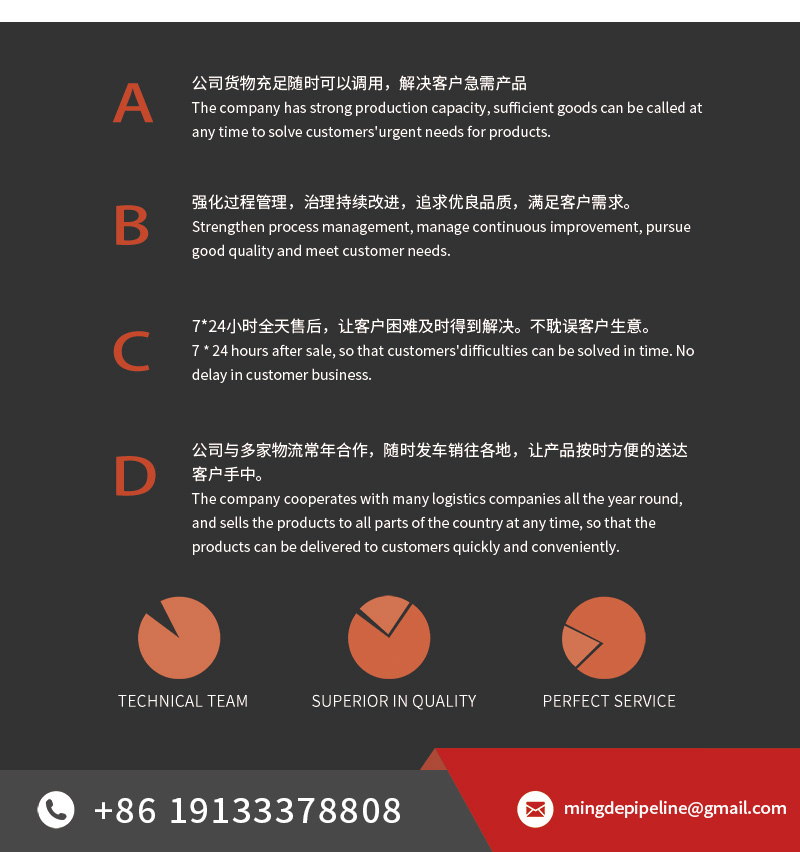
Socket Flange

Socket flanges, also known as socket weld flanges, are a specialized type of pipe flange designed to connect small-diameter, high-pressure piping systems. They are widely used in industries that require secure, leak-free connections and robust structural integrity. The defining feature of a socket flange is the recessed area inside the flange bore, which allows the pipe to be inserted before welding. This structure creates a strong and smooth flow path while offering a reliable sealing surface.
Structural Characteristics
The key design of a socket flange includes a socket or recess inside the flange’s bore. The pipe is inserted into this socket until it bottoms out against a shoulder, then a fillet weld is applied around the pipe at the hub of the flange. This welding technique helps create a solid, one-piece connection that is less susceptible to leakage or fatigue compared to threaded or slip-on flanges.
Socket weld flanges are typically used for smaller pipe diameters (usually under 2 inches) and in systems that experience high pressure or high temperatures. They are especially effective in applications where space is limited or where a clean, smooth internal bore is required for fluid flow.
Advantages of Socket Flanges
High Pressure and Strength Performance
Socket flanges are ideal for high-pressure systems due to the strength of the socket weld joint. The pipe is fully supported by the socket, which reduces stress at the weld point and ensures a stable and leak-proof connection.
Smooth Fluid Flow
Unlike butt-welded joints that may have minor misalignment, socket weld connections allow for a smoother internal transition between the pipe and the flange, minimizing turbulence and pressure drop. This makes them suitable for flow-sensitive systems.
Ease of Alignment During Installation
Since the pipe is inserted into the flange bore before welding, alignment is easier and more accurate than with butt-weld flanges. This is particularly helpful in applications requiring precise assembly or installation in tight spaces.
Reduced Welding Time and Cost
Socket flanges require only a single fillet weld rather than a full penetration weld, which can reduce welding time and labor costs. This makes them an efficient choice for smaller pipe systems or projects with limited resources.
Reliable Sealing
When properly installed, socket weld flanges offer excellent sealing capabilities. The pipe-to-flange weld combined with gasketed face connections provides reliable protection against leakage in both liquid and gas systems.
Common Applications
Socket flanges are used across a variety of industrial and commercial sectors where high pressure and compact system design are critical. These include:
Petrochemical and Chemical Plants
For transporting aggressive chemicals under pressure, socket flanges provide corrosion resistance and secure connections.
Oil & Gas Processing
Often used in upstream and downstream systems, especially where space constraints make other flange types less feasible.
Power Generation
Applied in steam and cooling lines within power plants where strength and temperature resistance are essential.
Pharmaceutical and Food Processing
For clean and sterile fluid systems, socket flanges allow for easy installation and maintenance, while maintaining a smooth flow path.
High-Pressure Hydraulic Systems
Commonly found in equipment requiring precise and durable fluid transport under pressure.
Material Compatibility
Socket flanges are available in a wide variety of materials to meet the demands of different environments. These include:
Carbon Steel – For general use and high strength requirements.
Stainless Steel – For corrosion resistance in chemical or marine environments.
Alloy Steel – For systems exposed to high temperatures or mechanical stress.
Duplex Steel – For a combination of high strength and corrosion resistance.
Material selection depends on factors such as the type of media being transported, operating temperature, pressure levels, and environmental exposure.
Standards and Customization
Socket flanges are manufactured according to international standards such as ASME, ANSI, DIN, and JIS to ensure compatibility with global piping systems. Depending on specific project requirements, socket flanges can be customized in terms of:
Face type (raised face, flat face, ring-type joint)
Drilling and bolt patterns
Surface finish
Coating or treatment for corrosion resistance
This flexibility makes socket flanges a suitable choice for both standard and specialized applications.
Conclusion
Socket flanges are a practical and efficient solution for connecting small-diameter pipes in high-pressure systems. With their simple yet robust design, ease of installation, and excellent performance under pressure, they are widely used across industries where reliability and space optimization are critical.
Their ability to provide a strong, leak-free connection with minimal turbulence makes them ideal for systems where fluid flow integrity and pressure containment are essential. Whether used in chemical plants, offshore platforms, or industrial manufacturing facilities, socket flanges play a key role in ensuring safe, efficient, and long-lasting piping solutions.

 NEWS
NEWS
-
Thermal Stress Management with Advanced Pipe Insulation Brackets
2025-11-21 07:46:59
-
Custom Pipe Clamp Solutions for Complex Industrial Applications
2025-11-20 06:58:48
-
Modular Pipe Support Systems: Benefits for Modern Facilities Meta Description
2025-11-19 02:23:52
-
Corrosion-Resistant Brackets for Harsh Environments
2025-11-13 04:04:56
 Contact us
Contact us
Mobile:+86 19133378808
Email:mingdepipeline@gmail.com
Website:https://www.mingdepipe.com
Address:Zhenggang Industrial Park, Yanshan County Economic Development Zone, Cangzhou City, Hebei Province




